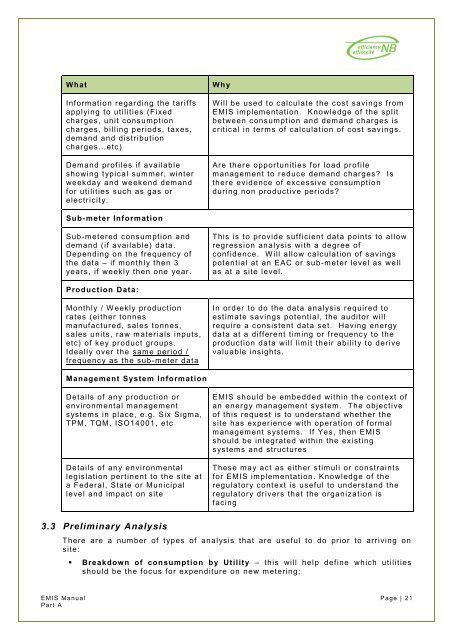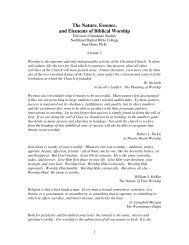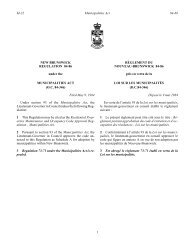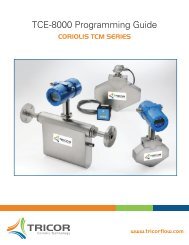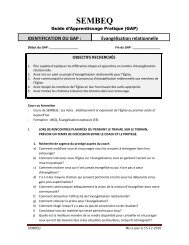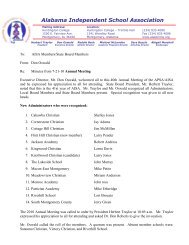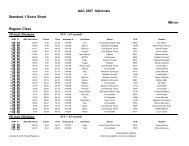The EMIS Audit
The EMIS Audit
The EMIS Audit
You also want an ePaper? Increase the reach of your titles
YUMPU automatically turns print PDFs into web optimized ePapers that Google loves.
What Why<br />
Information regarding the tariffs<br />
applying to utilities (Fixed<br />
charges, unit consumption<br />
charges, billing periods, taxes,<br />
demand and distribution<br />
charges…etc)<br />
Demand profiles if available<br />
showing typical summer, winter<br />
weekday and weekend demand<br />
for utilities such as gas or<br />
electricity.<br />
Sub-meter Information<br />
Sub-metered consumption and<br />
demand (if available) data.<br />
Depending on the frequenc y of<br />
the data – if monthly then 3<br />
years, if weekly then one year.<br />
Production Data:<br />
Monthly / W eekly production<br />
rates (either tonnes<br />
manufactured, sales tonnes,<br />
sales units, raw materials inputs,<br />
etc) of key product groups.<br />
Ideally over the same period /<br />
frequenc y as the sub-meter data<br />
Management System Information<br />
Details of any production or<br />
environmental management<br />
systems in place, e.g. Six Sigma,<br />
TPM, TQM, ISO14001, e tc<br />
Details of any environmental<br />
legislation pertinent to the site at<br />
a Federal, State or Municipal<br />
level and impact on site<br />
3.3 Preliminary Analysis<br />
W ill be used to calculate the cost savings from<br />
<strong>EMIS</strong> implementation. Knowledge of the split<br />
between consumption and demand charges is<br />
critical in terms of calculation of cost sav ings.<br />
Are there opportunities for load profile<br />
management to reduce demand charges? Is<br />
there evidence of excessive consumptio n<br />
during non productive periods?<br />
This is to provide sufficient data points to allow<br />
regression analysis with a degree of<br />
confidence. W ill allow calculation of savings<br />
potential at an EAC or sub-meter level as well<br />
as at a site level.<br />
In order to do the data analysis required to<br />
estimate savings potential, the auditor will<br />
require a consistent data set. Having energy<br />
data at a different timing or frequenc y to the<br />
production data will limit their ability to derive<br />
valuable insights.<br />
<strong>EMIS</strong> should be embedded within the context of<br />
an energy management s ystem. <strong>The</strong> objective<br />
of this request is to understand whether the<br />
site has experience with operation of formal<br />
management s ystems. If Yes, then <strong>EMIS</strong><br />
should be integrated within the ex isting<br />
systems and structures<br />
<strong>The</strong>se may act as either stimuli or constraints<br />
for <strong>EMIS</strong> implementation. Knowledge of the<br />
regulatory context is useful to understand the<br />
regulatory drivers that the organization is<br />
facing<br />
<strong>The</strong>re are a number of types of analysis that are useful to do prior to arriving on<br />
site:<br />
� Breakdown of consumption by Utility – this will help define which utilities<br />
should be the focus for expenditure on new metering;<br />
<strong>EMIS</strong> Ma nu al Page | 21<br />
Part A


